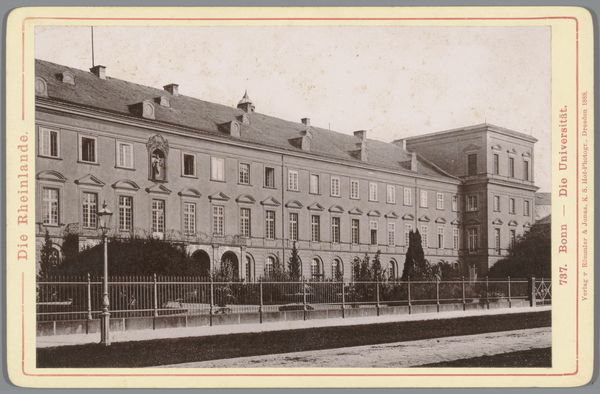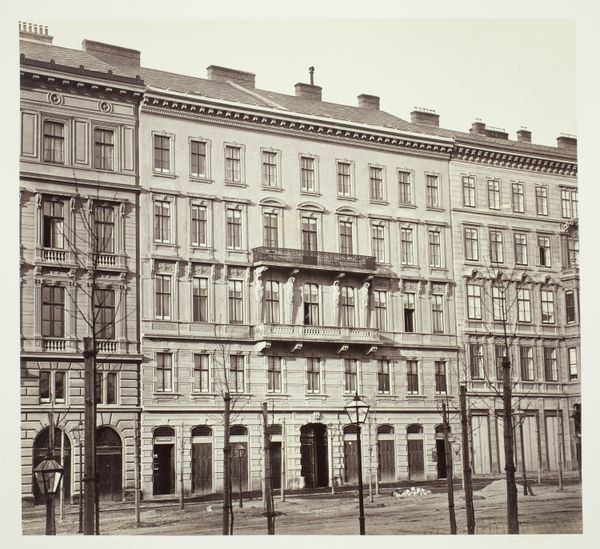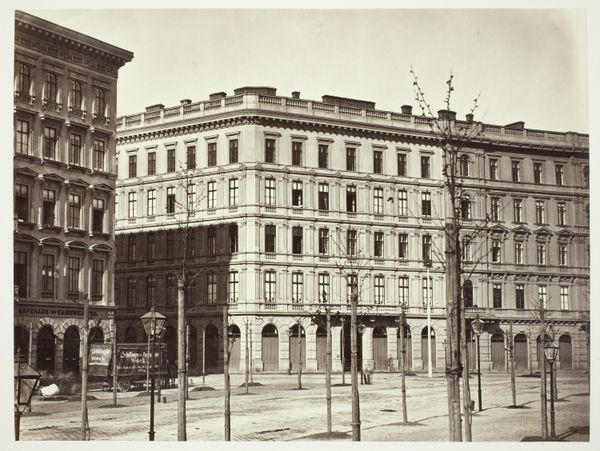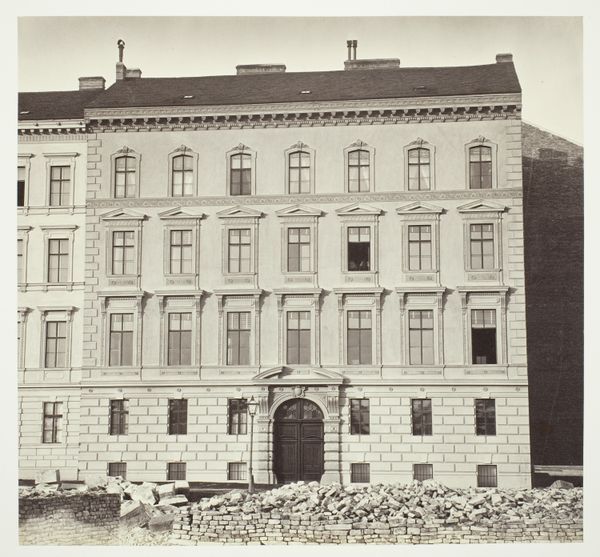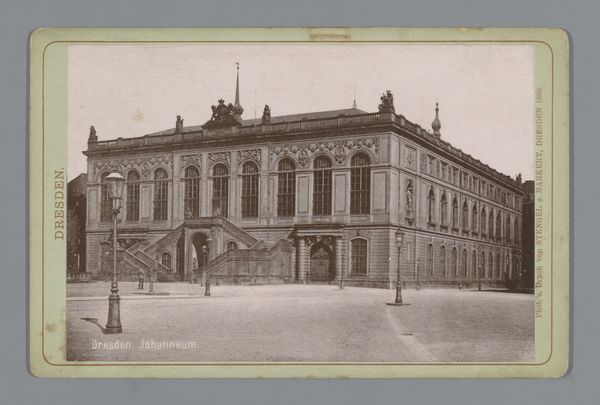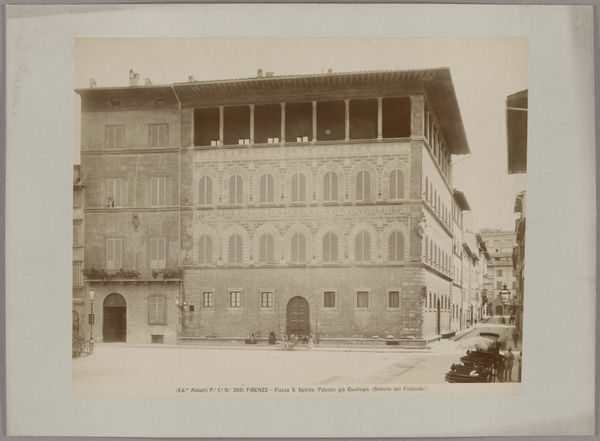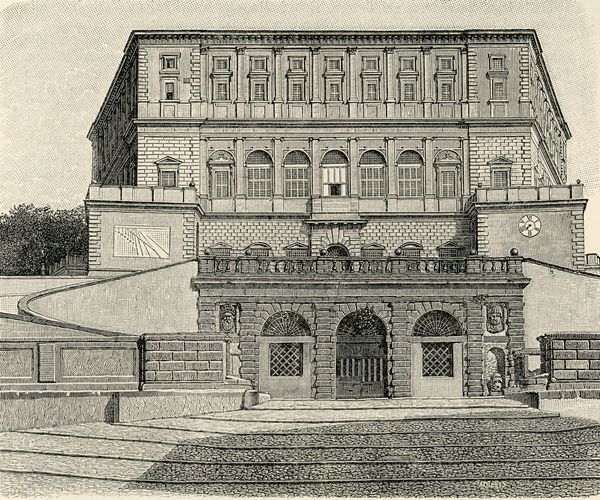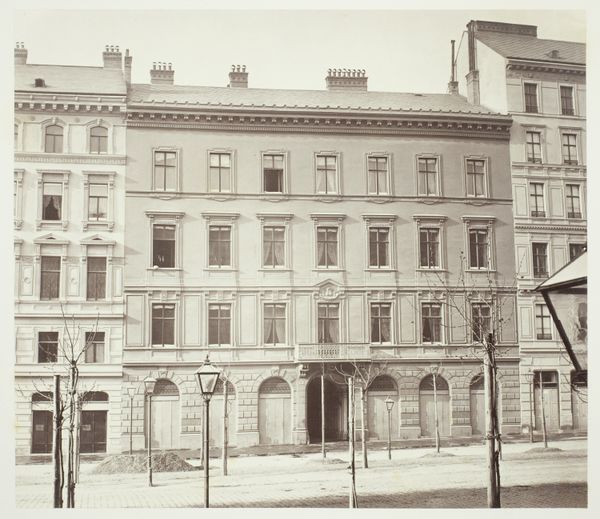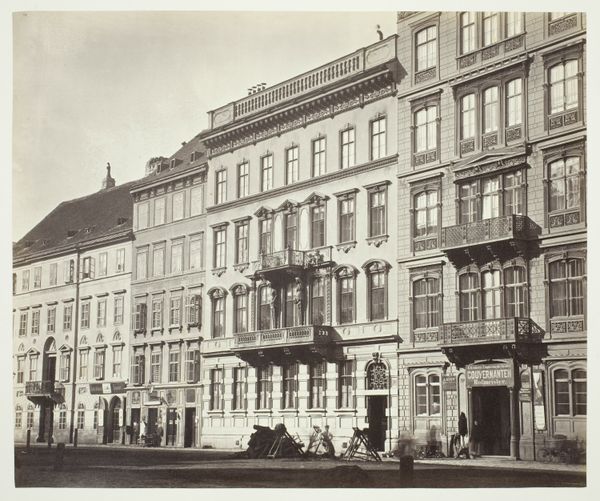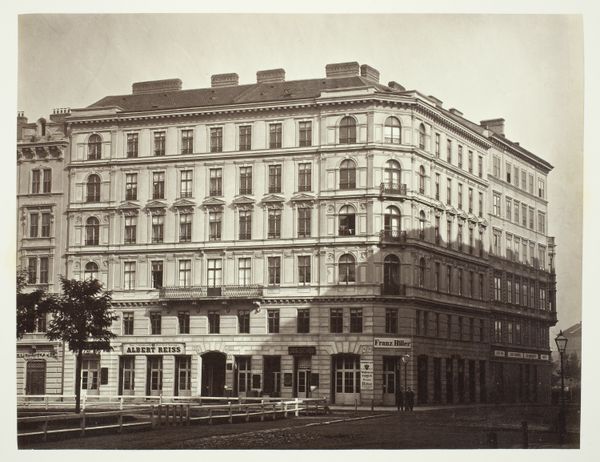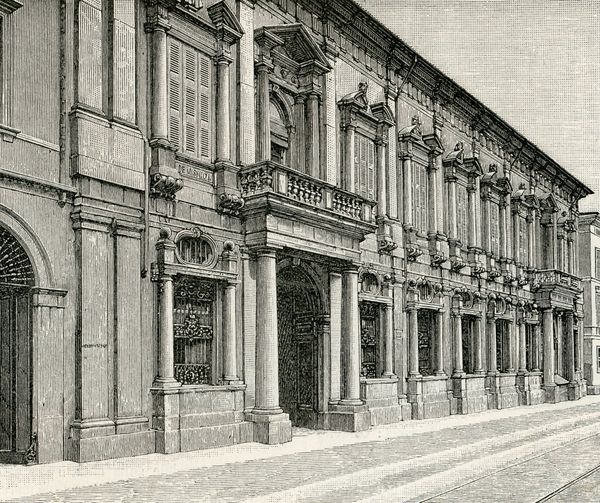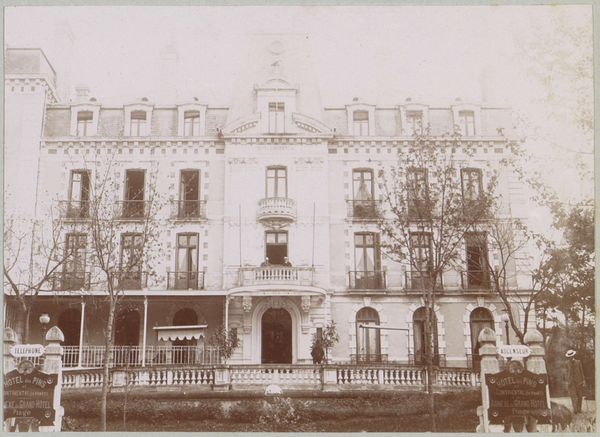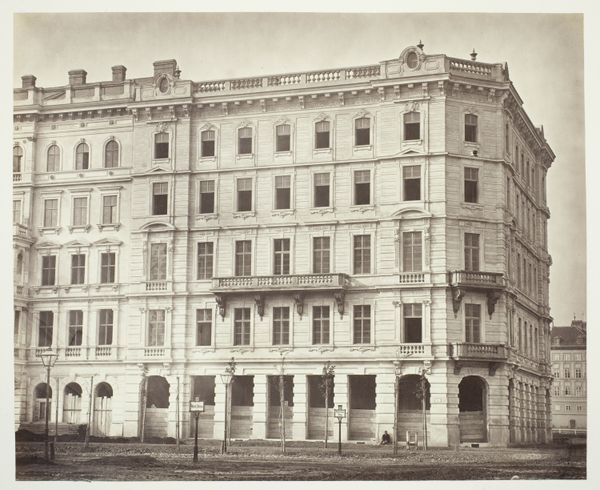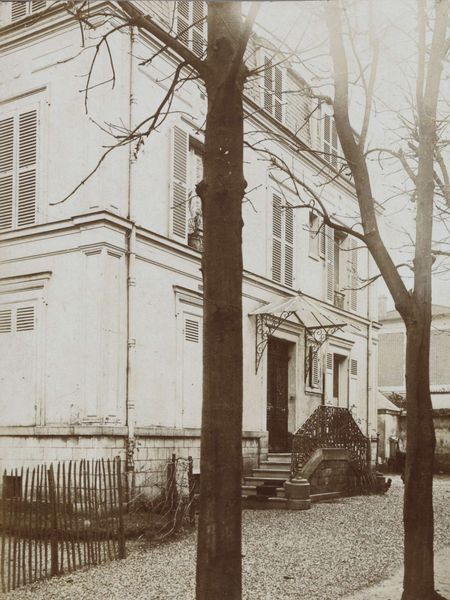
architecture
#
building
#
classicism
#
cityscape
#
italian-renaissance
#
architecture
#
building
Copyright: Public domain
Editor: We're looking at Palazzo Antonini in Udine, created around 1550 by Andrea Palladio. It is a remarkable building! There’s a stoic and serious feel to the facade. How do you interpret this work through its social and historical lens? Curator: Absolutely. Palladio’s classicism was itself a political statement. Think about it: he's reviving the visual language of ancient Greece and Rome, empires built on slavery and rigid social hierarchies. This wasn’t neutral; it reinforced power structures. Who, historically, had access to spaces like these, and what did that signify? Editor: So, the aesthetic choices reflect a social context? Curator: Precisely. Palladio wasn't just building pretty structures; he was embedding a worldview into the very stone. How do we reconcile the beauty with the implied endorsement of social inequalities of his time and how do we engage with such spaces today, considering these origins? Editor: It's interesting to think about the implications that classicism reinforces inequality even through such seemingly basic choices of aesthetics. And even to this day. Curator: Exactly. Today, consider who typically occupies and benefits from similar spaces of power and authority – are we still upholding those hierarchies, even unconsciously, through architectural choices and access? We need to critically engage with how the built environment reflects and shapes social relations, don’t you agree? Editor: That makes me reconsider the power embedded in classical architecture. Thank you for sharing your insights! Curator: And thank you for drawing the connection to today. Architecture doesn't exist in a vacuum. It speaks, even when we don't realize we're listening.
Comments
No comments
Be the first to comment and join the conversation on the ultimate creative platform.
